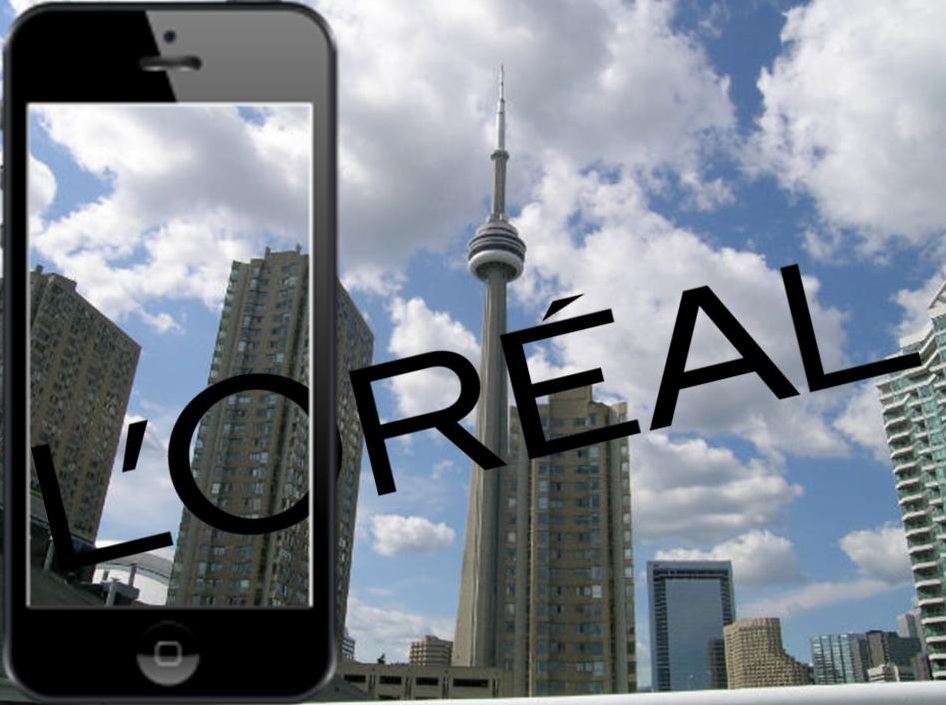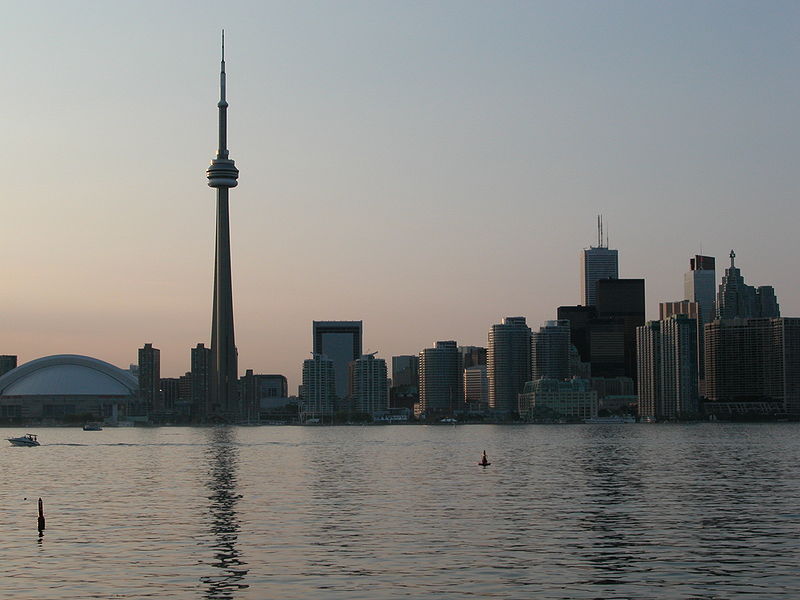The companies are using the technology to demonstrate how it can generate a shared experience.
Before the end of June, the seventh annual Luminato Festival will begin in Toronto, at which time tens of thousands of people will be filling the Canadian city’s streets for music, art, sights, and now augmented reality.
The AR exhibition is going to be a first of its kind in the world and will be making mobile marketing history.
The exhibition is being held among the thrills of this world class city’s sights and is targeted toward smartphone carrying attendees who can download a free app so that they can aim their device at different locations around David Pecaut Square so that they will be able to view a “virtual gallery” around the location that cannot be seen without the device.
The augmented reality allows the gallery to be digitally displayed over the real background of the square.
 This augmented reality exhibition will display layers of computer generated imagery overtop of the actual physical world view through the use of the app and the device camera. When attendees aim their smartphones at various parts of the square, they will be able to view various works of art that they can share, with which they can interact, and that they will be able to discuss with other people.
This augmented reality exhibition will display layers of computer generated imagery overtop of the actual physical world view through the use of the app and the device camera. When attendees aim their smartphones at various parts of the square, they will be able to view various works of art that they can share, with which they can interact, and that they will be able to discuss with other people.
As more people begin to explore the various virtual pieces of art, a heat-map will be generated and identify where people are and what they are viewing the most. Once the event has come to a close and when the app is no longer being used, a new form of digital art will be left behind. This will be a new crowdsourced version of the well recognized Lancôme rose, which will span the entire size of the square. It will be a form of tremendous digital mural to which each participant will have contributed, simply by having used the augmented reality app during the exhibition.
This will mean that the augmented reality mural will become the first ever human heat-map logo in the world and could lead to new trends in artistic and interactive mobile marketing.
 A startup company is helping to make learning more exciting and fun for children.
A startup company is helping to make learning more exciting and fun for children.
A Toronto, Canada, startup is using augmented reality technology to help to overcome the tedium and boredom that is often associated with geography classes and make the subject more exciting for children.
The strategy uses maps in a unique and interactive way to help Canadian children to learn about the world.
The augmented reality program is called Fun Maps for Kids, and it applies interactivity to digitized maps in order to help to make them more interesting to child learners. This startup was created by a family in Toronto who had returned from a trip with their son – three years old – which took them around the globe.
Worldwide travel helped to inspire the development of this augmented reality learning tool.
The founders of the company are Martin Pietrazak and Natasza Cieplik, who created it in 2012. Their initial purpose had been to help to teach their son about different places around the world. However, the idea soon proved to be too interesting for them to keep within the family, so they expanded it to be able to provide this augmented reality learning experience to other children, as well.
Though it is based on print maps, they offer students a great deal more than the traditional atlas. Instead, the creators made sure that their maps would have an interactive feature that would bring them to life for students. They used the patented Layar app in order to take advantage of its ability to add digital content to printed pages using augmented reality.
This experience starts off with nothing more than a map that is mounted on the wall, which is a common sight in geography classrooms. However, when the students in those classes use an iPad on which the Layar app has been opened, the map soon provides additional images, animations, and audio clips that can all be accessed through the use of the touch screen.
The company’s website claims that the augmented reality maps offer students a “window to the world” which would not be available to them through traditional printed images and drawings.
 This augmented reality exhibition will display layers of computer generated imagery overtop of the actual physical world view through the use of the app and the device camera. When attendees aim their smartphones at various parts of the square, they will be able to view various works of art that they can share, with which they can interact, and that they will be able to discuss with other people.
This augmented reality exhibition will display layers of computer generated imagery overtop of the actual physical world view through the use of the app and the device camera. When attendees aim their smartphones at various parts of the square, they will be able to view various works of art that they can share, with which they can interact, and that they will be able to discuss with other people.
 A startup company is helping to make learning more exciting and fun for children.
A startup company is helping to make learning more exciting and fun for children.